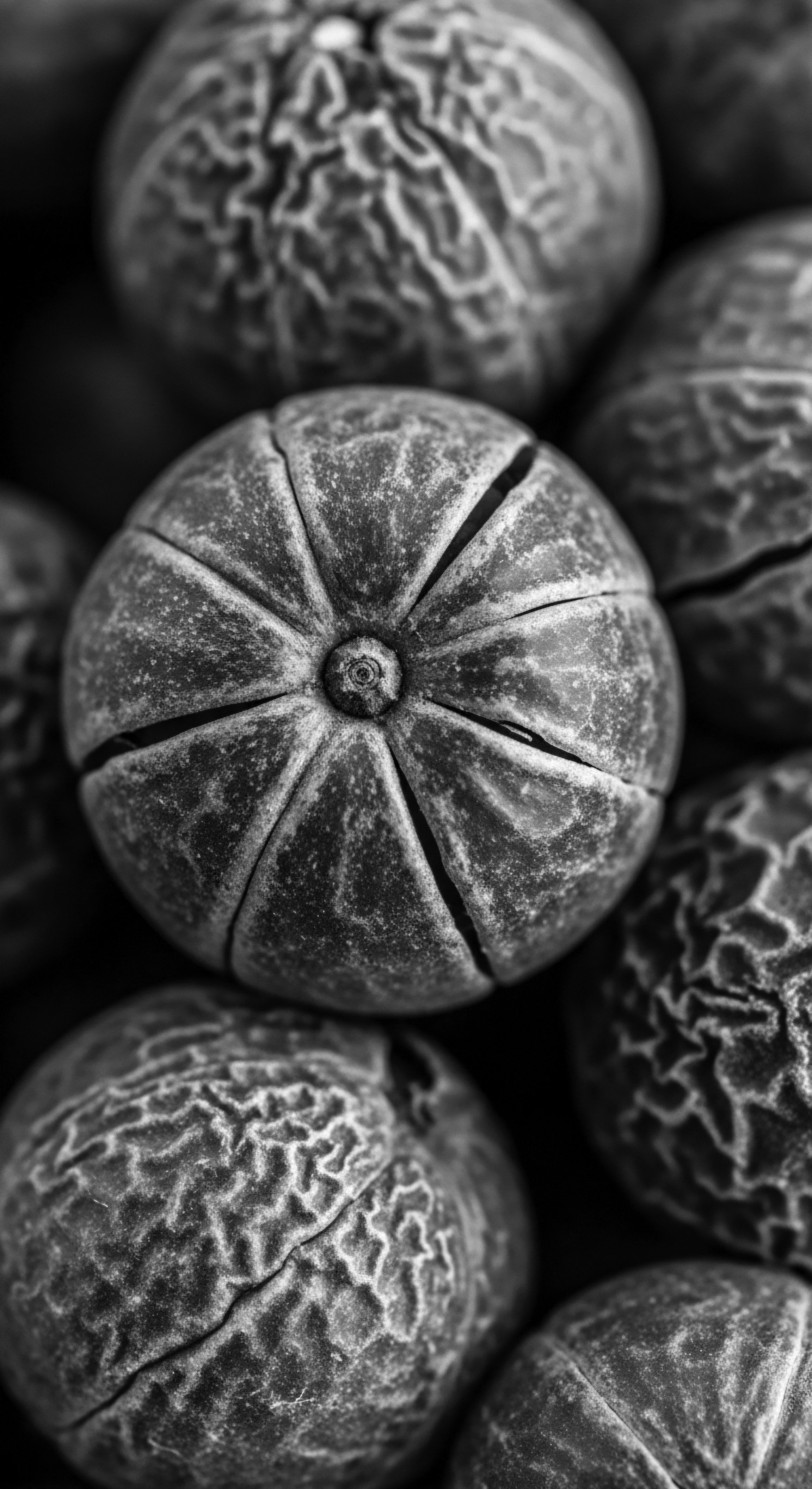
Fundamentals
The study of hair, often dismissed as a mere aesthetic pursuit, unfurls into a profound realm when viewed through the lens of Hair Anthropology. This field, at its simplest, is the diligent exploration of hair as a living archive of human experience, a biological marvel interwoven with cultural meaning, historical narratives, and individual identity. It is an invitation to understand the deep connections between our strands and the stories of our ancestors, particularly within the rich and diverse tapestry of Textured Hair Heritage. For those new to the intricate world of textured hair care, especially within Black and mixed-race communities, understanding Hair Anthropology begins with recognizing hair not merely as a collection of fibers, but as a silent, yet eloquent, witness to generational wisdom and societal currents.
Ancestral communities across Africa understood hair as far more than a physical attribute; it was a potent symbol, a carrier of spiritual energy, and a dynamic medium for communication. In these early societies, hair styling was not a fleeting trend but a meticulous craft, imbued with significance that transcended personal adornment. The collective understanding of hair’s purpose shaped daily practices, communal rituals, and even spiritual beliefs. The delineation of hair’s meaning, its societal function, and its deep connection to the individual and collective spirit, forms the foundational layer of Hair Anthropology.
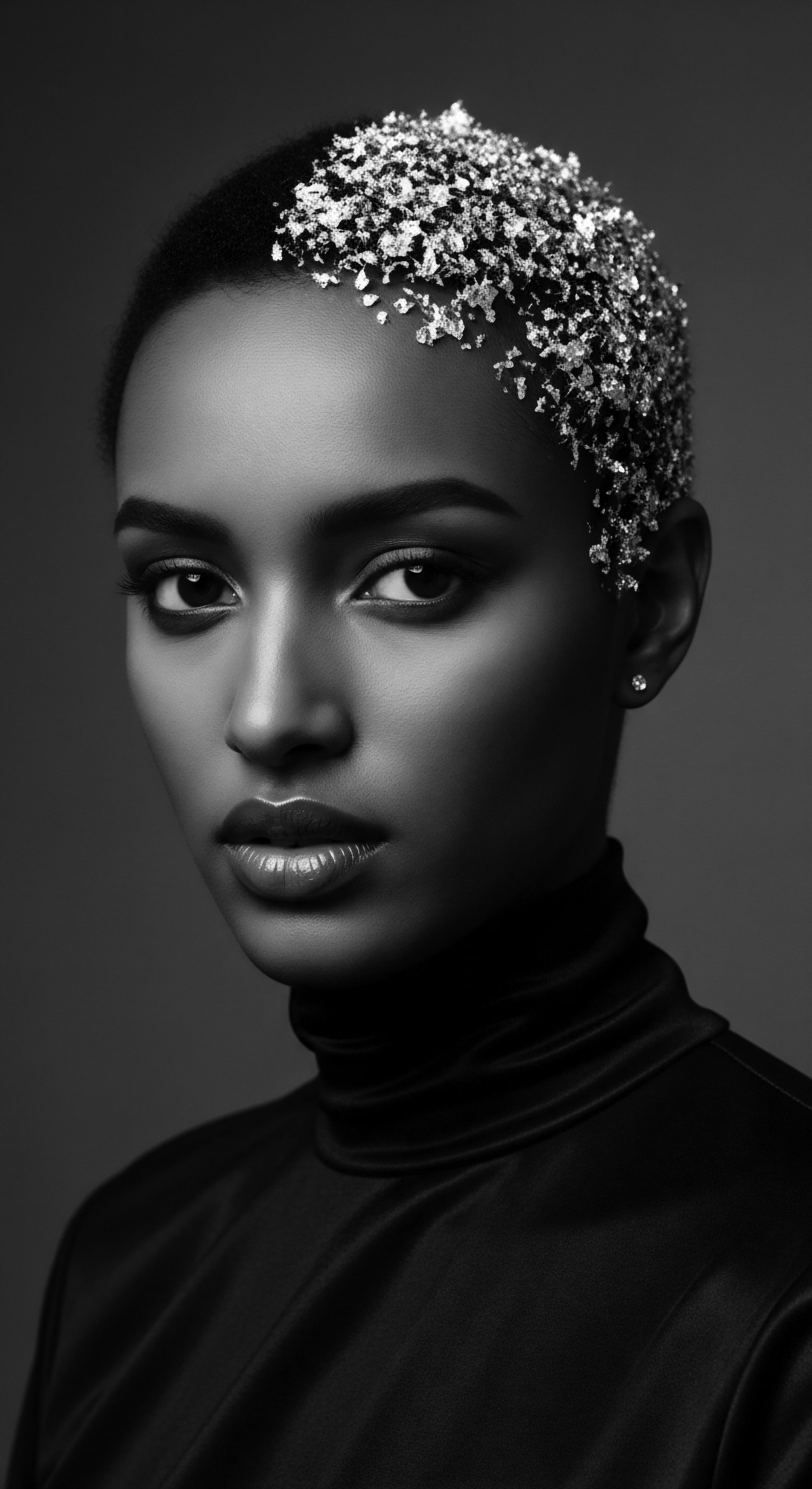
Echoes from the Source ❉ Hair as an Ancestral Ledger
From the dawn of human societies, particularly across the African continent, hair served as a fundamental marker of belonging and social standing. Before the advent of colonial influences, an individual’s hairstyle could immediately convey their age, marital status, tribal affiliation, wealth, and even their religious or spiritual standing within the community. The very arrangement of coils and kinks spoke volumes, forming a non-verbal language understood by all. This inherent communicative power of hair, its capacity to tell a story without uttering a single sound, stands as a testament to its foundational importance in ancient African life.
Consider the spiritual dimension. For many African societies, the crown of the head was considered the highest point of the body, a sacred conduit connecting the individual to the divine, to their ancestors, and to the cosmos. Care for the hair, therefore, became a sacred ritual, a practice of reverence.
The preparation of natural ingredients—clays, oils, herbs—for cleansing and conditioning was an act of communion with the earth, a recognition of nature’s bounty as a source of wellbeing. This holistic approach to hair care, where the physical act was inseparable from spiritual and communal wellbeing, represents a core aspect of early Hair Anthropology.
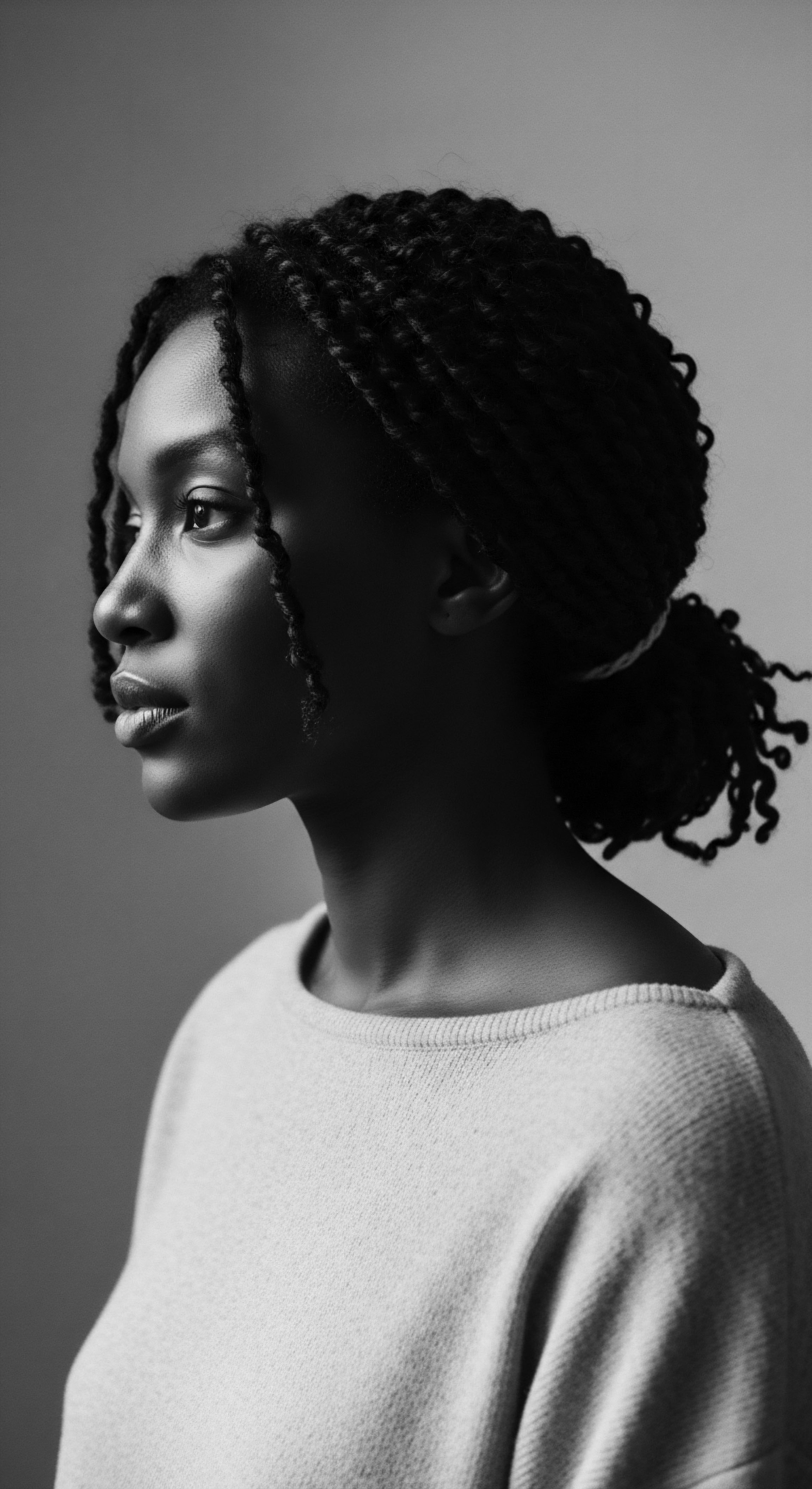
Early Communal Practices and Shared Knowledge
The initial understanding of hair’s biology, though not articulated in modern scientific terms, was deeply practical and passed down through generations. Women, especially, were custodians of this knowledge, teaching their daughters the intricate techniques of braiding, twisting, and coiling. These practices were not solitary acts but often communal gatherings, fostering bonds and transmitting cultural heritage through shared touch and oral tradition. The preparation of the hair, often taking hours or even days for elaborate styles, became a social opportunity, a time for bonding and the exchange of stories.
The specific explication of these early practices provides a glimpse into a living library of hair wisdom. For example, in various West African cultures, intricate braiding patterns were not merely decorative; they held precise designations. A particular pattern might signify a woman was of marriageable age, or perhaps that her husband was away at war. This system of symbolic hair language, deeply ingrained in daily life, offers a profound understanding of hair as a medium for societal cohesion and personal expression.
Hair Anthropology, at its core, is the study of hair as a silent storyteller, a profound archive of human culture and ancestral wisdom, particularly for textured hair.
The materials used in these early care rituals were drawn directly from the natural environment, showcasing an intimate relationship with the land. Botanical knowledge, accumulated over centuries, guided the selection of specific plants for their moisturizing, strengthening, or protective properties. This traditional ethnobotanical wisdom, often overlooked in contemporary discourse, provides a rich historical context for understanding the foundational principles of hair care that persist to this day. The very act of applying these natural preparations was a physical manifestation of the care and respect accorded to hair, acknowledging its living connection to the earth and the ancestral realm.
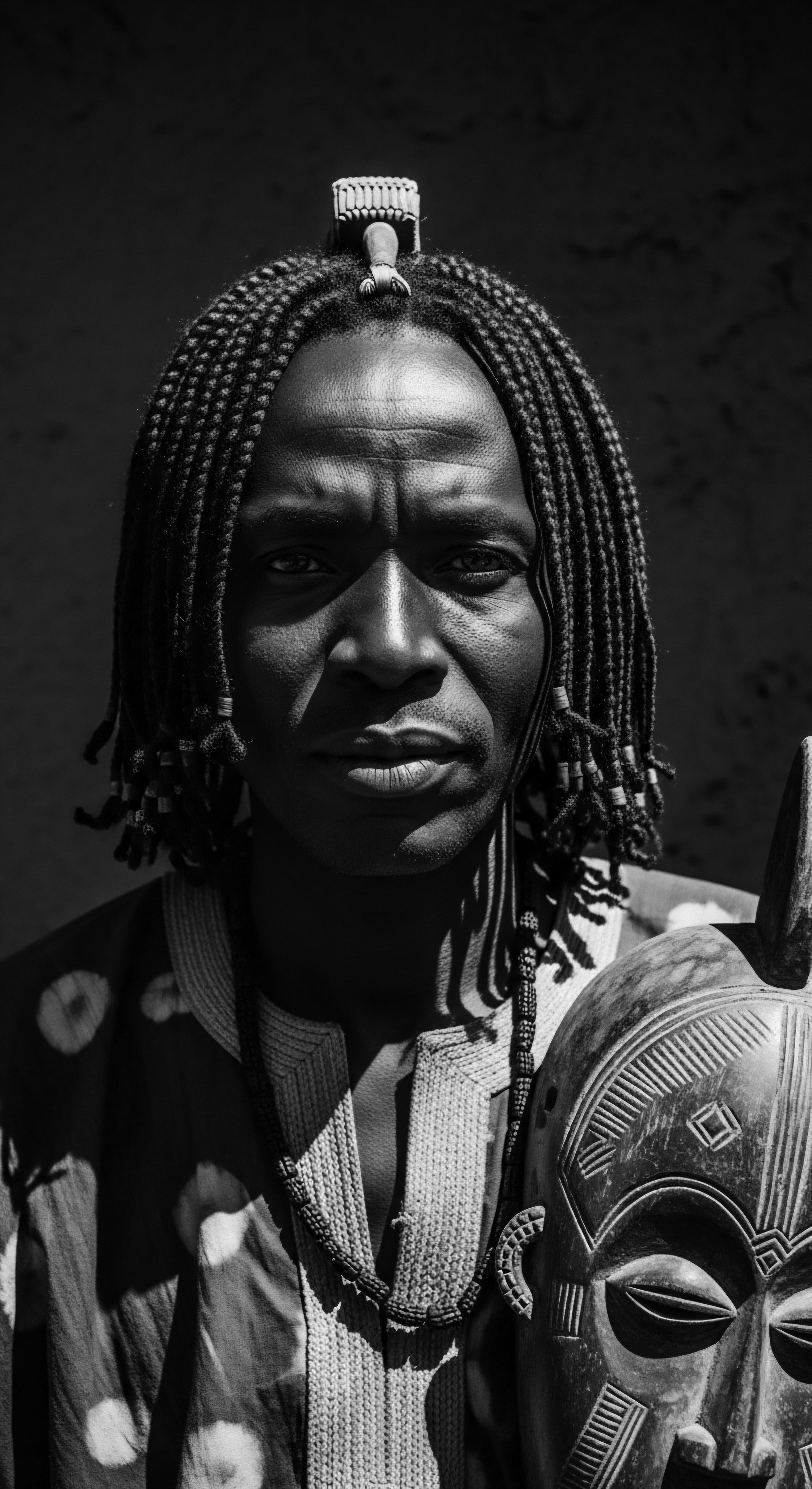
Intermediate
Building upon the foundational understanding of hair as a cultural and spiritual artifact, the intermediate meaning of Hair Anthropology delves into how these heritage practices have been transmitted, adapted, and sometimes challenged across generations and geographies. For individuals with textured hair, this involves a deeper consideration of how traditional hair care rituals and styling practices have evolved, yet retained their underlying significance, within the diverse communities of the diaspora. It is about discerning the continuous thread of ancestral knowledge that connects past to present, even amidst shifting social landscapes.
The practical applications of Hair Anthropology within traditional and evolving hair care rituals are particularly compelling. In pre-colonial Africa, specific styles were not just aesthetic choices; they were declarations of identity, status, and community affiliation. The Yoruba people of Nigeria, for instance, crafted elaborate hairstyles that symbolized community roles, while the Himba tribe in Namibia wore dreadlocked styles coated with red ochre paste, symbolizing their connection to the earth and their ancestors. This profound sense of purpose, embedded in every twist and coil, speaks to a holistic approach to hair care that prioritizes wellbeing over fleeting trends.
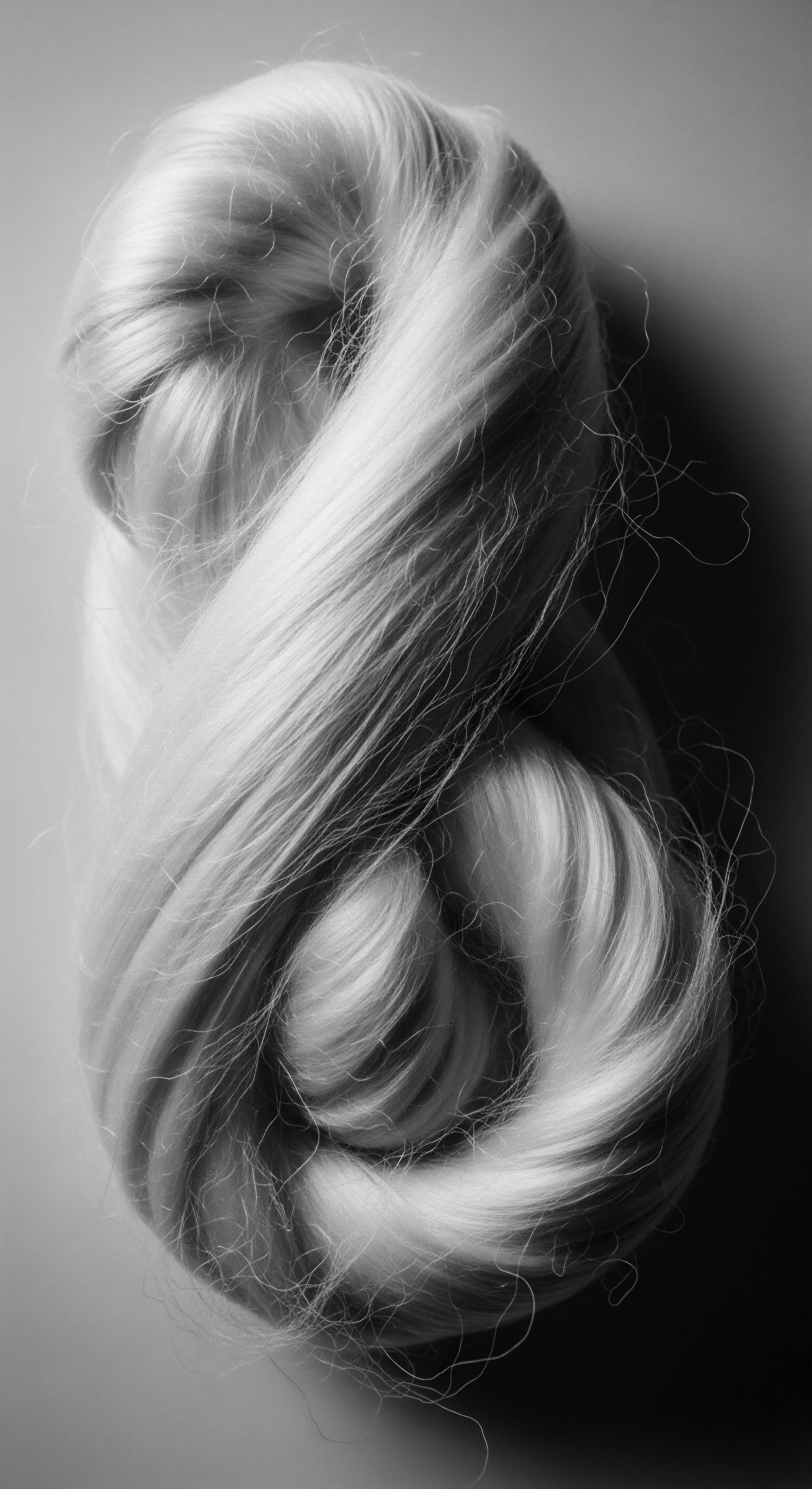
The Tender Thread ❉ Continuity and Adaptation of Heritage
The transatlantic slave trade presented a devastating rupture in these ancestral practices. Enslaved Africans were often stripped of their cultural markers, including their hair, which was frequently shaved upon arrival as an act of dehumanization. Despite this brutal attempt to erase identity, the spirit of Hair Anthropology persisted. Enslaved women, with incredible ingenuity and resilience, adapted their care practices, using whatever meager resources were available—cooking oils, animal fats, or butter—to maintain their hair.
In a remarkable act of defiance and survival, some even braided escape routes into their hair, or concealed rice and seeds within their styles for sustenance during flight. This adaptation of ancestral wisdom for survival speaks volumes about the enduring power of hair as a cultural resource.
As communities formed in the diaspora, hair salons and barbershops emerged as vibrant hubs of Black socialization, places where traditional knowledge was reinterpreted and shared. These spaces became sanctuaries where the art of textured hair care continued to evolve, becoming sites for cultural exchange, community building, and the quiet preservation of heritage. The practices within these establishments, from intricate braiding techniques to the use of specific oils and pomades, carry the echoes of ancestral rituals, albeit adapted to new circumstances and available resources.
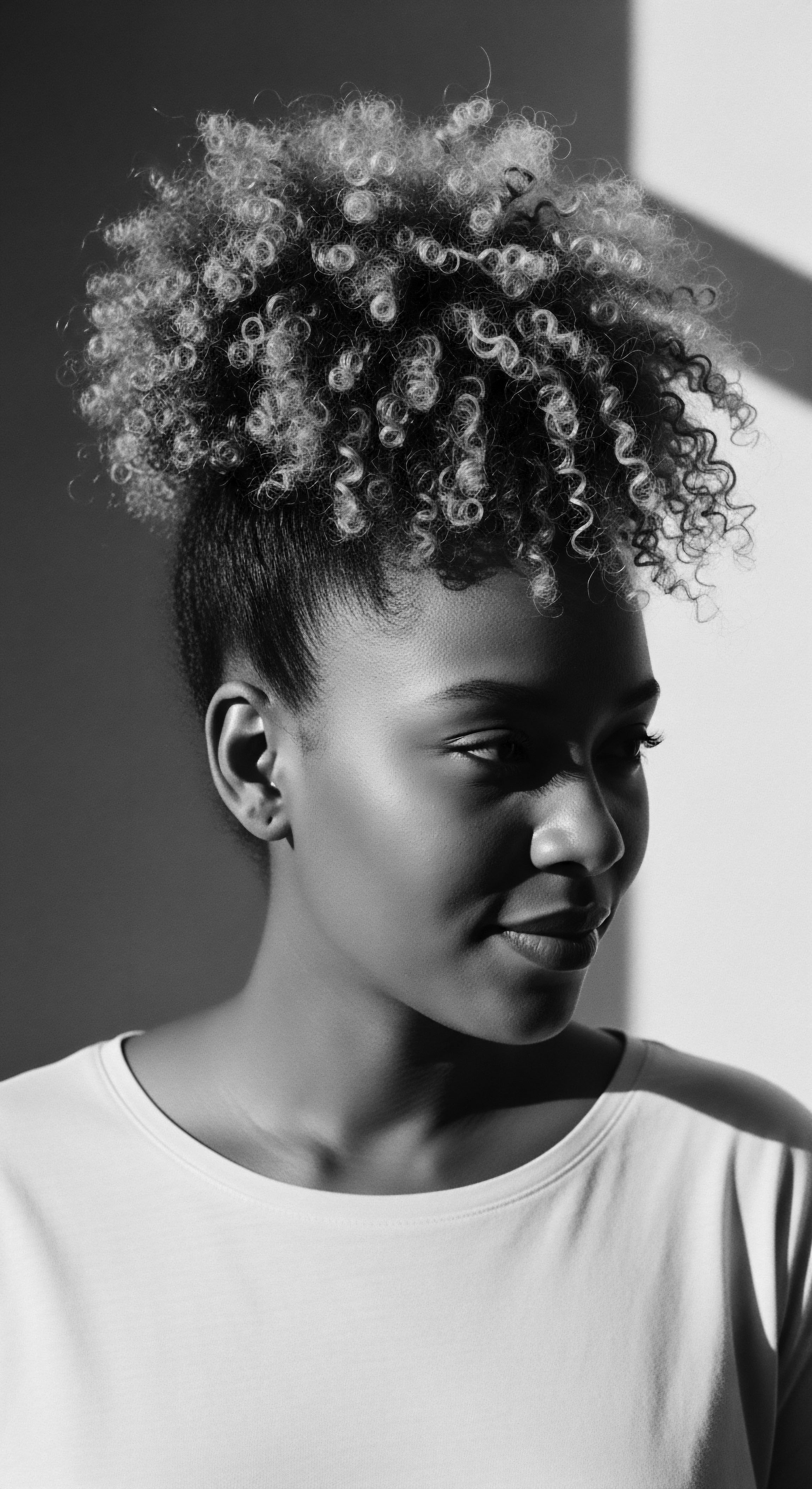
Evolving Rituals and Cultural Expressions
The mid-20th century witnessed a powerful resurgence of ancestral hair practices with the rise of the Black Power and Natural Hair Movements. This period marked a conscious rejection of Eurocentric beauty standards that had long dictated that straight hair was “good hair” and natural textures were “bad” or “unprofessional.” The Afro, a voluminous hairstyle that celebrated the natural texture and curl pattern, became a potent political statement, a symbol of Black pride, unity, and a defiant embrace of one’s authentic heritage.
The meaning of this shift extended beyond mere aesthetics; it was a reclaiming of self and a collective assertion of cultural sovereignty. Individuals who previously straightened their hair, sometimes with harsh chemical relaxers that could cause damage, began to embrace their natural coils and kinks. This was not simply a change in hairstyle; it was a profound transformation of self-perception, rooted in a desire to honor ancestral lineage and challenge oppressive norms. The movement encouraged individuals to remove the “kinks from your brain,” as activist Marcus Garvey famously urged, rather than from their hair.
| Historical Period Pre-Colonial Africa |
| Key Hair Practices & Meanings Intricate braids, coils, locs; adorned with natural materials (clay, shells, beads). |
| Cultural Significance & Adaptation Indicated social status, age, tribal identity, spiritual connection. Communal rituals for care. |
| Historical Period Slavery & Post-Emancipation |
| Key Hair Practices & Meanings Head wraps, rudimentary care with limited resources; covert communication through braids. |
| Cultural Significance & Adaptation Resistance, survival, preservation of identity despite dehumanization. Adaptation of traditional knowledge. |
| Historical Period Early 20th Century (Post-Slavery) |
| Key Hair Practices & Meanings Prevalence of chemical straightening (hot combs, relaxers) for assimilation. |
| Cultural Significance & Adaptation Conformity to Eurocentric beauty standards for social and economic advancement. |
| Historical Period Mid-20th Century (Black Power Era) |
| Key Hair Practices & Meanings Rise of the Afro, natural styles, locs. |
| Cultural Significance & Adaptation Symbol of Black pride, political resistance, cultural reclamation. Rejection of oppressive beauty norms. |
| Historical Period Contemporary Era |
| Key Hair Practices & Meanings Diverse range of natural styles, protective styles, continued advocacy for acceptance. |
| Cultural Significance & Adaptation Celebration of versatility, ongoing fight against discrimination, connection to ancestral roots. |
| Historical Period This progression illustrates the enduring resilience of textured hair heritage through periods of celebration, suppression, and reclamation. |
The ongoing practice of protective styles—braids, twists, locs—is a living testament to this heritage. These styles, often requiring significant time and skill, not only offer practical benefits for hair health but also serve as profound expressions of cultural identity and connection to ancestral roots. They represent a continuity of techniques and a reverence for the hair’s natural capabilities, passed down through generations. The meaning of these styles extends beyond their visual appeal, embodying stories of resilience, beauty, and cultural affirmation.
The journey of textured hair through history is a powerful testament to adaptation, where ancestral wisdom, though challenged, has always found new ways to bloom.
The significance of hair in Black and mixed-race communities, therefore, is not static; it is a dynamic, living phenomenon, continuously shaped by historical experiences and contemporary realities. Understanding Hair Anthropology at this intermediate level requires appreciating the profound interplay between inherited traditions and the creative ways individuals and communities have sustained and redefined their hair narratives. It is a recognition that every textured strand carries a legacy, a history, and a future.
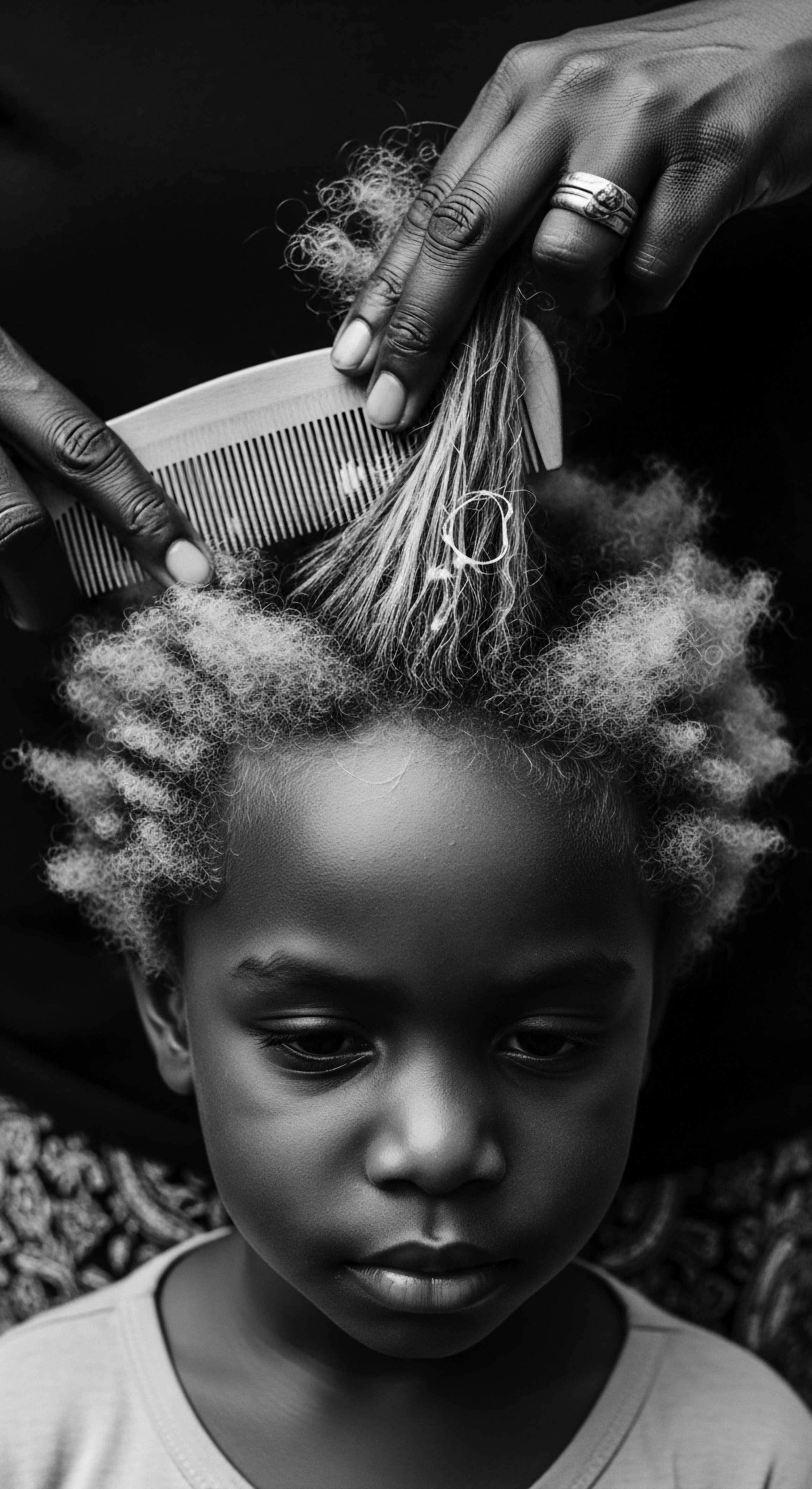
Academic
Hair Anthropology, at its most advanced and expert-driven interpretation, represents a comprehensive, interdisciplinary field dedicated to understanding hair as a complex biological structure imbued with profound cultural, historical, psychological, and social significance, particularly within the context of textured hair, Black hair, and mixed-race hair heritage. This scholarly delineation moves beyond surface observations to dissect the intricate interplay of genetic predispositions, ancestral practices, societal pressures, and individual expressions that shape hair’s meaning and its ongoing evolution. It is a profound meditation on the hair helix as a historical artifact, a social construct, and a biological marvel, all inextricably linked to the lived experiences of diasporic communities.
From a theoretical standpoint, Hair Anthropology synthesizes insights from biological anthropology, cultural studies, sociology, and ethnobotany to construct a holistic framework for understanding hair. It acknowledges that the inherent physical characteristics of textured hair—its unique curl patterns, density, and protein structure—are not merely biological traits but have been historically assigned meanings that have shaped human interactions and social hierarchies. This field investigates how these biological realities have been interpreted, celebrated, suppressed, and reclaimed across various cultural landscapes and historical epochs. The inquiry here centers on the deep resonance of hair as a carrier of identity, a site of resistance, and a canvas for self-expression, always viewed through the lens of inherited wisdom and historical context.
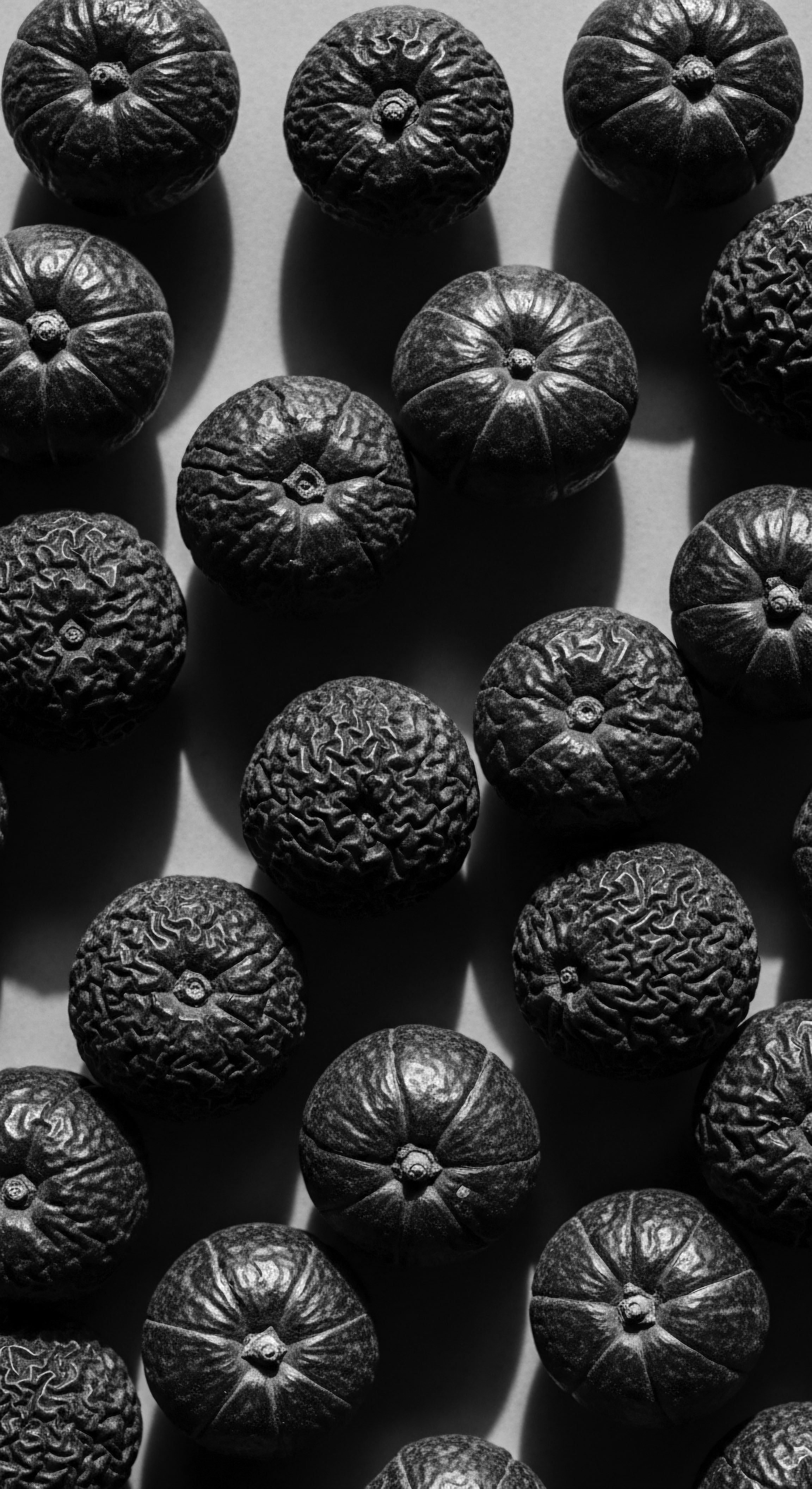
The Unbound Helix ❉ Intersections of Biology, Culture, and Identity
The biological specificity of textured hair, often characterized by its elliptical cross-section and tightly coiled structure, contributes to its distinct properties, such as its propensity for dryness and fragility. However, the interpretation of these biological characteristics has been heavily influenced by socio-cultural constructs. Historically, Eurocentric beauty standards positioned straight hair as the norm, relegating natural textured hair to categories described with derogatory terms like “bad” or “unmanageable.” This cultural violence against afro-textured hair has profoundly influenced generations across the African Diaspora, impacting self-identity and perpetuating systemic biases.
The enduring legacy of such biases is strikingly evident in contemporary society. A 2021 CROWN Research Study for Girls revealed that 66% of Black children in majority-white schools have faced race-based hair discrimination, with 86% experiencing it by the age of 12 (Dove, 2021). This statistic underscores the pervasive nature of hair discrimination, demonstrating how early and deeply the devaluation of natural hair textures can impact self-perception and educational experiences.
Such experiences are not isolated incidents but reflections of a deeply ingrained societal prejudice that views Black hair through a lens of unsuitability or unprofessionalism, a direct continuation of historical power dynamics. The Hair Anthropology field meticulously documents these patterns, revealing how seemingly innocuous appearance policies can perpetuate systemic inequity, directly influencing educational opportunities and career trajectories.
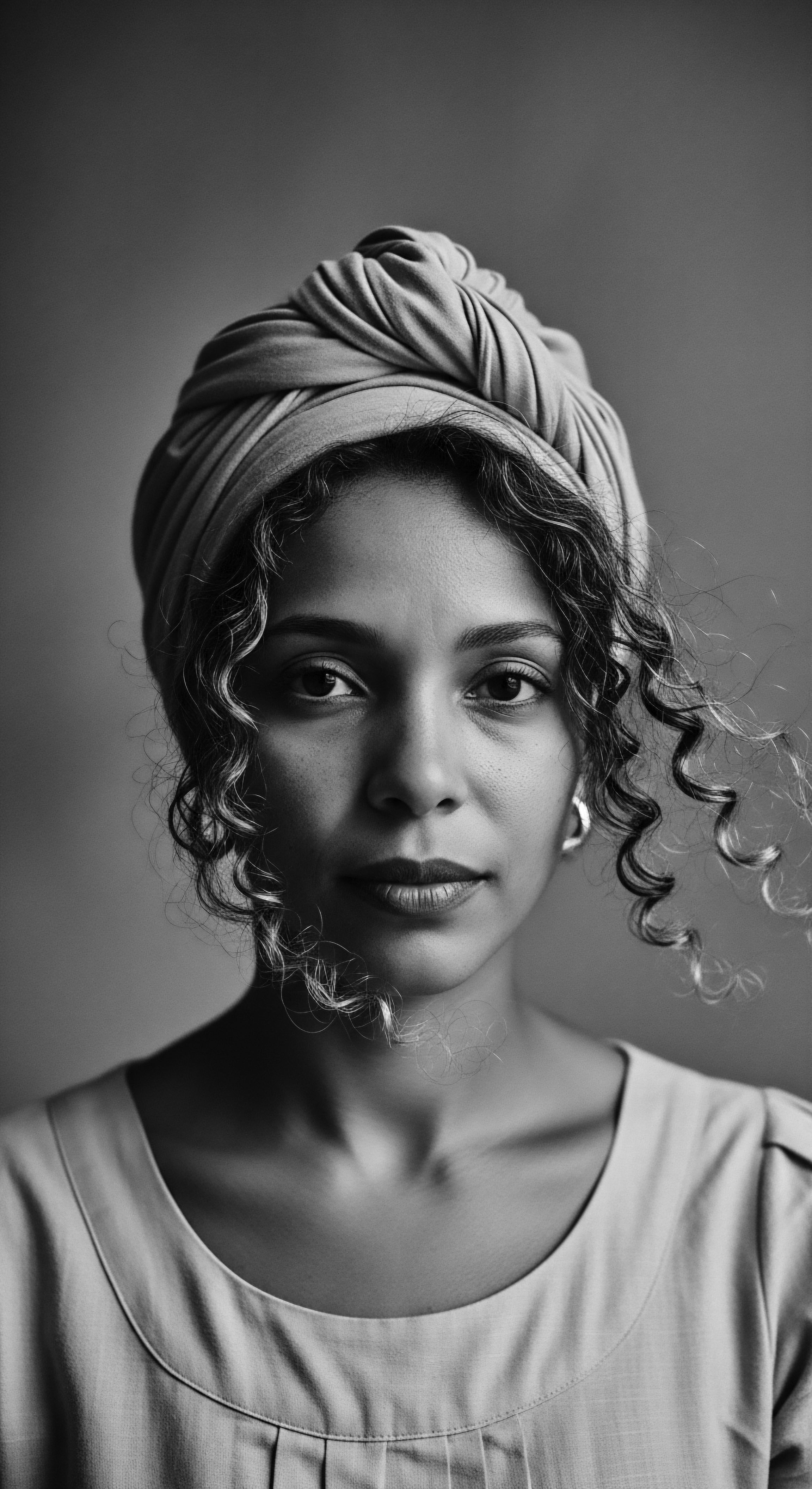
Ancestral Knowledge and Scientific Validation
A critical aspect of advanced Hair Anthropology involves examining how modern scientific understanding often validates or provides deeper explanations for long-standing ancestral hair care practices. For instance, the traditional use of natural oils and butters, such as shea butter or coconut oil, for moisturizing textured hair, aligns with contemporary dermatological understanding of the hair’s need for lipid replenishment to maintain elasticity and prevent breakage. Many African plants, utilized for centuries in traditional hair treatments, possess documented properties that support scalp health and hair strength, though formal ethnobotanical studies on their specific mechanisms are still emerging.
The wisdom embedded in ancestral rituals, such as co-washing (washing with conditioner instead of shampoo) or frequent oiling, directly addresses the unique needs of textured hair, which tends to be drier than straighter hair types due to its coiled structure hindering the natural distribution of sebum along the hair shaft. This connection between ancient practices and current scientific principles highlights a continuous lineage of knowledge, where empirical observation and generational experimentation laid the groundwork for what modern science now elucidates.
- Moisturizing with Natural Oils ❉ Traditional reliance on oils like shea butter, argan oil, or coconut oil for textured hair finds scientific support in their ability to penetrate the hair shaft and reduce protein loss, especially during washing.
- Protective Styling Techniques ❉ Practices such as braiding, twisting, and loc-ing, passed down through generations, minimize daily manipulation and exposure to environmental stressors, thereby reducing breakage and retaining length.
- Herbal Infusions for Scalp Health ❉ Ancestral remedies often incorporated herbs with anti-inflammatory or antimicrobial properties, aligning with modern understanding of a healthy scalp as the foundation for healthy hair growth.
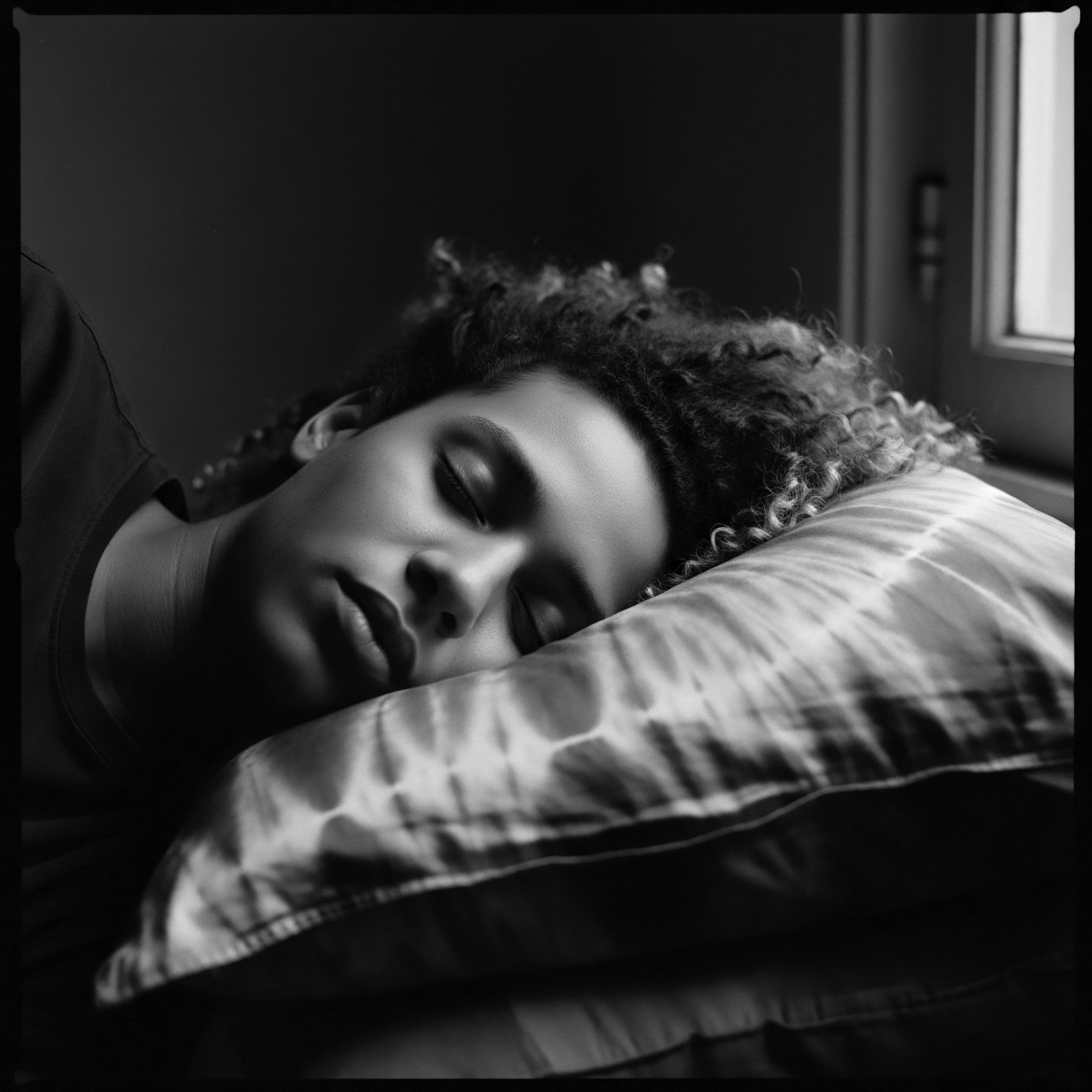
Hair as a Sociopolitical Statement
Beyond biological and historical considerations, Hair Anthropology rigorously analyzes hair as a potent sociopolitical symbol. The politics of hair, particularly for Black women, has been a recurring theme throughout history, serving as a battleground for identity and acceptance. The policing of Black hair in schools and workplaces, as evidenced by policies that ban natural and protective styles, denies individuals the right to embrace their identity and can lead to significant psychological distress and economic disadvantage. The ongoing legislative efforts, such as the CROWN Act in the United States, which seeks to prohibit discrimination based on hair texture and protective hairstyles, underscore the continued struggle for hair equity and the recognition of Black hair as a fundamental aspect of cultural identity.
The deeper meaning of Hair Anthropology, therefore, is not merely descriptive; it is interpretive and transformative. It challenges dominant narratives, amplifies marginalized voices, and calls for a re-evaluation of beauty standards to be inclusive of all hair textures. This field provides a scholarly framework for understanding how hair, seemingly a simple biological outgrowth, is deeply implicated in discussions of race, gender, class, and power, offering a profound lens through which to comprehend the human experience in its rich diversity. The long-term consequences of hair discrimination, from impacts on self-esteem and mental wellbeing to limitations on career advancement, are precisely what Hair Anthropology seeks to expose and ultimately dismantle, advocating for a world where every strand is celebrated for its inherent beauty and historical significance.
Hair Anthropology reveals that the struggle for hair acceptance is a battle for selfhood, dignity, and the right to embody one’s heritage without compromise.
The field also delves into the complex dynamics of cultural appropriation versus appreciation, especially as textured hairstyles gain popularity in mainstream fashion. It asks critical questions about who benefits from the commercialization of these styles and whether the historical and cultural significance is acknowledged and honored. This analytical rigor ensures that the exploration of Hair Anthropology remains grounded in ethical considerations and a deep respect for the communities whose heritage it examines. The elucidation of these intricate relationships provides a comprehensive understanding of hair’s role in shaping individual lives and collective histories.
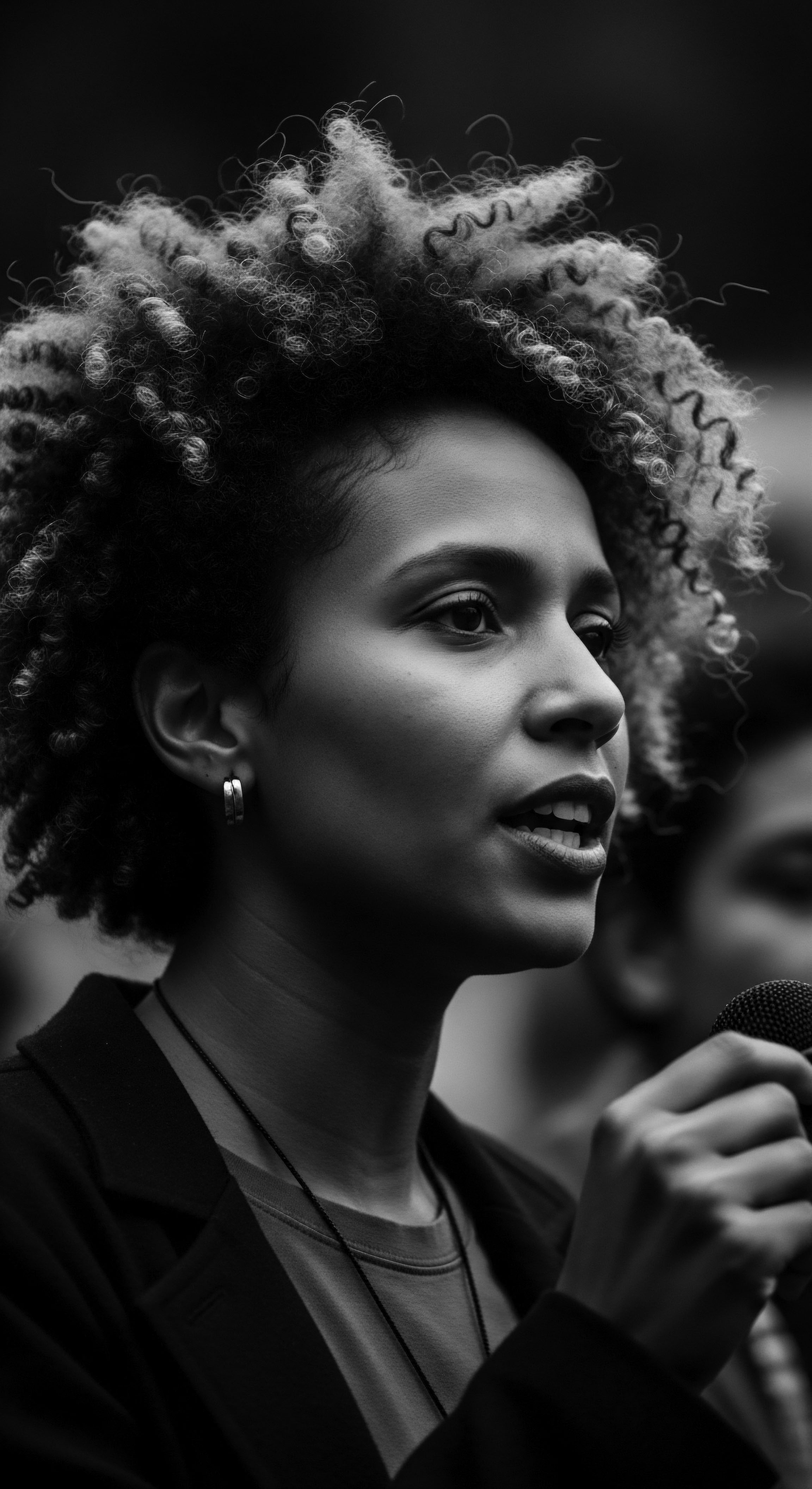
Reflection on the Heritage of Hair Anthropology
The journey through Hair Anthropology is not a detached academic exercise; it is a heartfelt exploration of the very Soul of a Strand. Each coil, each kink, each loc carries within it a whispered story, a resonant echo from ancient hearths and resilient spirits. This field reminds us that textured hair is not simply a biological marvel; it is a living, breathing testament to the enduring strength, creativity, and cultural richness of Black and mixed-race communities across time and continents. The significance of understanding hair through this heritage-centered lens lies in its capacity to connect us deeply to our past, allowing us to appreciate the ancestral wisdom embedded in every traditional care practice and styling choice.
As Roothea, we envision a world where every individual with textured hair stands in the fullness of their ancestral legacy, unburdened by societal pressures and celebrated for their unique beauty. Hair Anthropology, therefore, becomes a beacon, illuminating the profound cultural value that has always resided within these diverse hair traditions. It encourages a mindful approach to care, one that honors the sacred bond between hair, identity, and the generations who came before us.
This continuous dialogue between past and present, between inherited wisdom and contemporary understanding, shapes a future where hair is universally recognized as a powerful symbol of heritage, resilience, and unyielding selfhood. It is a future where every strand tells a story of triumph, beauty, and belonging.

References
- Byrd, A. D. & Tharps, L. L. (2014). Hair Story ❉ Untangling the Roots of Black Hair in America. St. Martin’s Press.
- Rooks, N. M. (1996). Hair Raising ❉ Beauty, Culture, and African American Women. Rutgers University Press.
- Jacobs-Huey, L. (2006). From the Kitchen to the Parlor ❉ Language and Becoming in African American Women’s Hair Care. Oxford University Press.
- Banks, I. (2000). Hair Matters ❉ Beauty, Power, and the Politics of Hair in African American Women. New York University Press.
- Johnson, T. A. & Bankhead, T. (2014). Hair It Is ❉ Examining the Experiences of Black Women with Natural Hair. Journal of Black Studies, 45(1), 86-103.
- Khumalo, N. P. Gumedze, F. & Ngwanya, R. M. (2010). Hair care practices in African American women. Journal of the American Academy of Dermatology, 62(1), 105-110.
- Ellis-Hervey, N. L. et al. (2016). The impact of hair on African American women’s collective identity formation. Journal of Black Psychology, 42(3), 209-228.
- Dove. (2021). 2021 CROWN Research Study for Girls. The CROWN Act.
- Byrd, A. D. & Tharps, L. L. (2002). Hair Story ❉ Untangling the Roots of Black Hair in America. St. Martin’s Press. (Note ❉ A 2002 edition is also cited in some sources, indicating earlier publication).
- Tate, S. (2007). Black Women ❉ Race, Gender and Identity. Routledge.
- Weitz, R. (2000). Rapunzel’s Daughters ❉ What Women’s Hair Tells Us About Women’s Lives. Farrar, Straus and Giroux.
